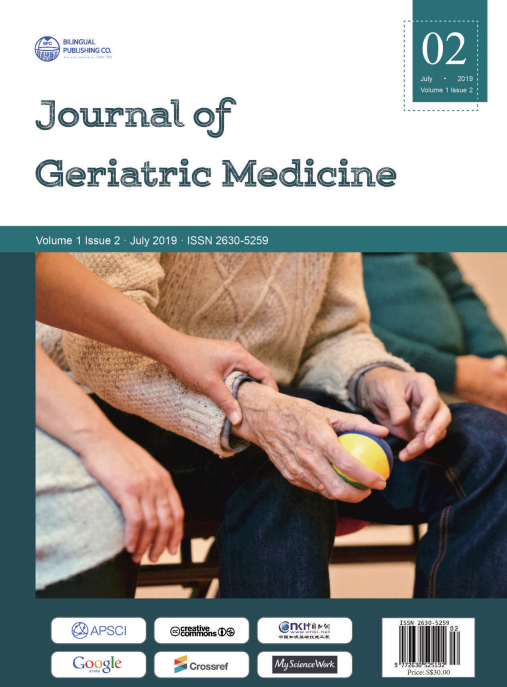 Correction & Withdrawal Policies
Correction & Withdrawal Policies
How Artificial Intelligence and Virtual Reality Benefit the Elderly and Individuals with Disabilities
DOI:
https://doi.org/10.30564/jgm.v1i2.1824Abstract
The growing and evolving use of emerging technology including Artificial Intelligence (AI) and Virtual Reality (VR), has significantly impacted the lives of two specific groups—the elderly and the disabled. This paper investigates potential reasons for this phenomenon. Clearly, AI and VR Technology alters the everyday lives of people with disabilities and how they navigate the world. Technological developments increasingly work to address the isolation that people with disabilities as well as the elderly experience for they are often unable or limited in how they engage with their communities. This research paper outlines the way technology has improved social communication, information distribution, and day-to-day living for those with disabilities and the elderly.
Undoubtedly, the internet has transformed social communication and interaction for most people. socially isolated individuals with disabilities have gained exposure to social environments through social media. Moreover, the broad range of information available on the internet has increased access to resources such as government services, health services, and social services support. On a related point, assistive devices have enabled disabled people including many seniors to overcome motor, sensory, or cognitive difficulties that may have previously hindered them from performing daily tasks. However, although AI and VR technology has been effectively integrated in the lives of those with disabilities, many such individuals lack access to commonplace technologies, like a personal computer. This paper examines how AI and VR technology has enhanced communication, information access, and everyday activities for the disabled and aging communities despite such socio-economic limitations.
Keywords:
People with Disabilities; Artificial Intelligence(AI); Virtual Reality(VR); Social Communication; Information AccessReferences
[1] https://www.princeton.edu/futureofchildren/publications/docs/22_01_08.pdf
[2] http://www.pewinternet.org/2014/04/03/attitudes-impacts-and-barriers-to-adoption/
[4] https://www.ncbi.nlm.nih.gov/books/NBK97336/
[5] https://gerontology.usc.edu/resources/articles/exploring-technologys-impact/
[7] Neamtu, R., Camara, A., Pereira, C., & Ferreira, R. (2019, September). Using Artificial Intelligence for Augmentative Alternative Communication for Children with Disabilities. In IFIP Conference on Human-Computer Interaction (pp. 234-243). Springer, Cham.
[8] Singh, G., Takhtani, K., Kandale, O., & Dadhwal, N. (2019). A Smart Personal AI Assistant for Visually Impaired People: A Survey.
[10] Gerardi, M., Cukor, J., Difede, J., Rizzo, A., & Rothbaum, B. O. (2010). Virtual reality exposure therapy for post-traumatic stress disorder and other anxiety disorders. Current psychiatry reports, 12(4), 298-305.
[11] https://www.ncbi.nlm.nih.gov/books/NBK75859/?report=classic
[12] McMahon, D. D., Barrio, B., McMahon, A. K., Tutt, K., & Firestone, J. (2019). Virtual Reality Exercise Games for High School Students With Intellectual and Developmental Disabilities. Journal of Special Education Technology, 0162643419836416.
[13] Chen, Y., Fanchiang, H. D., & Howard, A. (2018). Effectiveness of virtual reality in children with cerebral palsy: a systematic review and meta-analysis of randomized controlled trials. Physical therapy, 98(1), 63-77.
[14] De Rooij, I. J., Van De Port, I. G., & Meijer, J. W. G. (2016). Effect of virtual reality training on balance and gait ability in patients with stroke: systematic review and meta-analysis. Physical therapy, 96(12), 1905-1918.




 Richard Kyung
Richard Kyung





